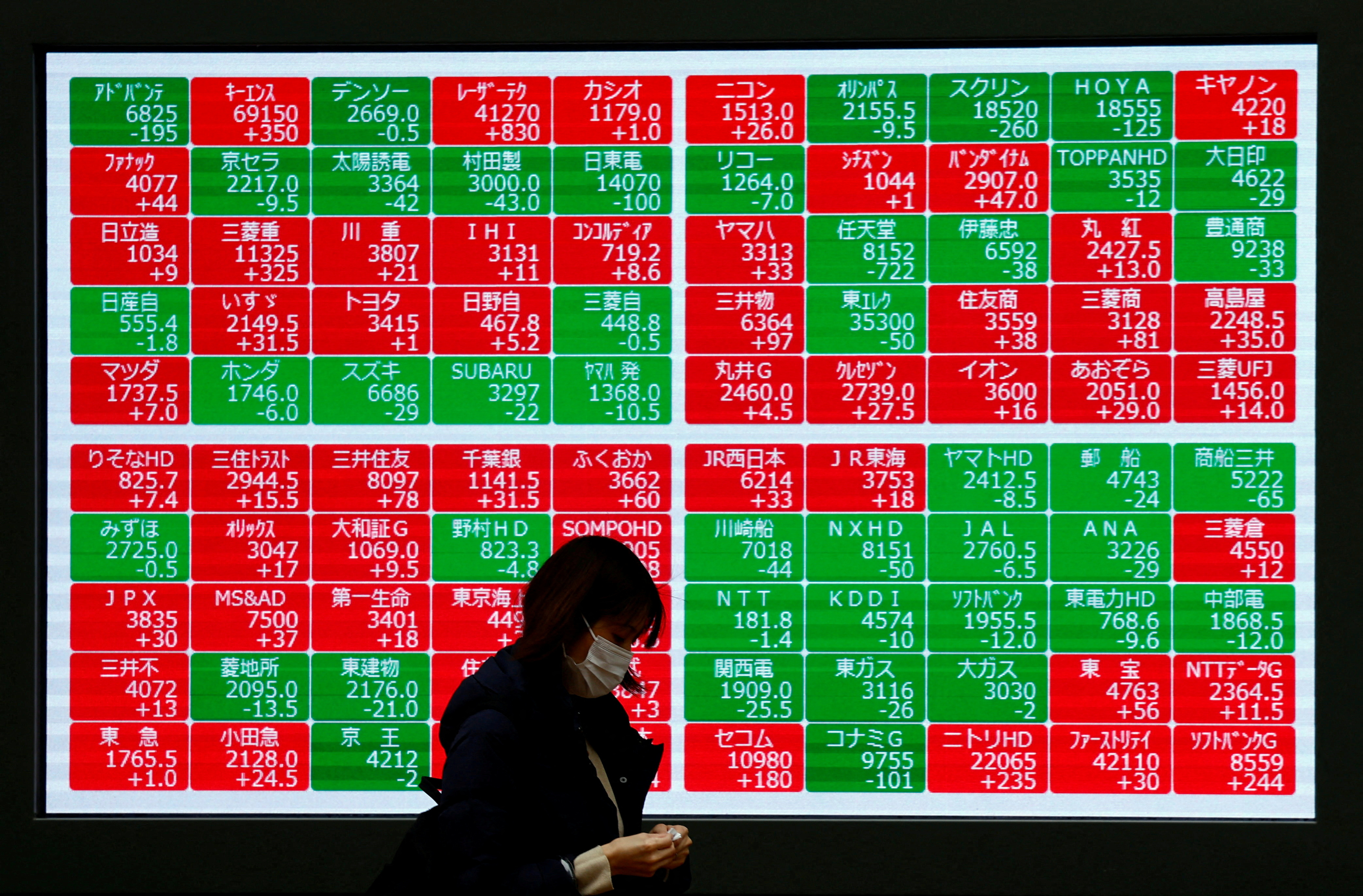 “`html
“`html
Overview of China-Germany Direct Investment Trends in 2023
Direct investment between China and Germany declined in 2023 due to various factors, including global economic uncertainty and policy changes. Despite this, China remains a significant destination for German foreign direct investment (FDI), with key industries in both countries continuing to attract investors. This report analyzes the latest direct investment data between Germany and China, highlighting trends and discussing factors that could shape future business and commercial ties.
German Investment in China
According to data from Deutsche Bundesbank, Germany’s central bank, total FDI outflows from Germany to China fell by 30 percent in the first three quarters of 2023, totaling EUR 7.98 billion. This marks a significant reversal from 2022 when FDI flows reached a record EUR 11.4 billion.
However, data from China’s Ministry of Commerce (MOFCOM) indicates that the actual use of foreign capital from Germany to China increased by 21 percent year-on-year in the first eight months of 2023. The Deutsche Bundesbank’s FDI data includes a broader scope of transactions, while MOFCOM’s data focuses on contracted foreign capital and transaction considerations.
Reinvested Earnings
The majority of German direct investment into China in 2022 and 2023 was in the form of reinvested earnings on equity and investment fund shares. Between the first and third quarters of 2023, total reinvested earnings by German companies exceeded overall FDI inflows, reaching EUR 9.7 billion. This trend indicates further consolidation of German investment in China among a few large established companies.
Factors Influencing German FDI
- Economic recession in Germany
- New caps on investment guarantees provided to German companies
- Broader decline in FDI inflows into China and FDI outflows from Germany
Future Outlook
German companies may continue to invest less in China in 2024. Surveys indicate a decrease in planned investments, although the overall size of Germany’s investment in China remains significant. The share of German FDI in China increased from 11.6 percent in 2022 to 16.4 percent in the first half of 2023.
Key Industries Attracting Investment
- Automotive Manufacturing: Despite competition from domestic players, China remains a crucial market for German carmakers like BMW and Mercedes Benz.
- Advanced Manufacturing: German companies are increasingly investing in China’s advanced manufacturing sector, attracted by market potential, lower operational costs, and integration with mature supply chains.
Chinese Investment in Germany
Chinese investment in Germany dropped drastically in the first three quarters of 2023. According to Deutsche Bundesbank data, EUR 2.3 billion of direct Chinese investment exited the market, a decrease of 233 percent year-on-year from a positive flow of EUR 3.7 billion in 2022.
Decline in Chinese FDI
FDI flows from China to Europe have been declining due to increased scrutiny over Chinese investment deals, particularly in sensitive industries like semiconductors. This has led to a rise in Chinese greenfield investments.
Key Areas of Chinese Investment
- EV Battery Production: Europe is a key market for Chinese EV companies’ overseas expansion, with significant investments in battery manufacturing.
- Greenfield Investments: Chinese companies are focusing on greenfield investments to expand their presence in Europe’s EV industry.
China’s Efforts to Attract FDI Amid EU “De-risking”
The Chinese government has been actively seeking to attract foreign capital since reopening post-pandemic. In August, China’s State Council released guidelines to optimize the business environment for foreign companies and investors.
EU and Germany’s De-risking Strategy
The European Council (EC) and the German government have been seeking to reduce their reliance on China through a strategy of “de-risking” rather than “decoupling.” This involves reducing dependence on China for critical materials and commodities.
Tensions Between De-risking and Decarbonization
The EU’s need to collaborate with China on green technology contrasts with its desire to reduce dependency on Chinese imports for key materials. This tension highlights the complexity of balancing economic security with environmental goals.
Conclusion
The impact of the de-risking strategy on mutual investment between China and Germany remains uncertain. However, mutual investment in 2024 is likely to be characterized by further consolidation among a few large companies and continued investment in strategic and high-growth sectors.
About Us
China Briefing is written and produced by Dezan Shira & Associates. The practice assists foreign investors into China through offices across major cities. Please contact us at china@dezshira.com.
We also have partner firms assisting foreign investors in various countries including Vietnam, Indonesia, Singapore,
Sustainable Development Goals (SDGs) Analysis
1. Which SDGs are addressed or connected to the issues highlighted in the article?
- SDG 8: Decent Work and Economic Growth
- SDG 9: Industry, Innovation, and Infrastructure
- SDG 12: Responsible Consumption and Production
- SDG 13: Climate Action
2. What specific targets under those SDGs can be identified based on the article’s content?
- SDG 8:
- Target 8.2: Achieve higher levels of economic productivity through diversification, technological upgrading, and innovation.
- Target 8.3: Promote development-oriented policies that support productive activities, decent job creation, entrepreneurship, creativity, and innovation.
- SDG 9:
- Target 9.2: Promote inclusive and sustainable industrialization and significantly raise industry’s share of employment and gross domestic product.
- Target 9.5: Enhance scientific research, upgrade the technological capabilities of industrial sectors in all countries, particularly developing countries.
- SDG 12:
- Target 12.2: By 2030, achieve the sustainable management and efficient use of natural resources.
- SDG 13:
- Target 13.1: Strengthen resilience and adaptive capacity to climate-related hazards and natural disasters in all countries.
3. Are there any indicators mentioned or implied in the article that can be used to measure progress towards the identified targets?
- SDG 8 Indicators:
- Indicator 8.2.1: Annual growth rate of real GDP per employed person.
- Indicator 8.3.1: Proportion of informal employment in non-agriculture employment, by sex.
- SDG 9 Indicators:
- Indicator 9.2.1: Manufacturing value added as a proportion of GDP and per capita.
- Indicator 9.5.1: Research and development expenditure as a proportion of GDP.
- SDG 12 Indicators:
- Indicator 12.2.1: Material footprint, material footprint per capita, and material footprint per GDP.
- SDG 13 Indicators:
- Indicator 13.1.1: Number of deaths, missing persons, and directly affected persons attributed to disasters per 100,000 population.
4. Findings Table
| SDGs | Targets | Indicators |
|---|---|---|
| SDG 8: Decent Work and Economic Growth | Target 8.2: Achieve higher levels of economic productivity through diversification, technological upgrading, and innovation. Target 8.3: Promote development-oriented policies that support productive activities, decent job creation, entrepreneurship, creativity, and innovation. |
Indicator 8.2.1: Annual growth rate of real GDP per employed person. Indicator 8.3.1: Proportion of informal employment in non-agriculture employment, by sex. |
| SDG 9: Industry, Innovation, and Infrastructure | Target 9.2: Promote inclusive and sustainable industrialization and significantly raise industry’s share of employment and gross domestic product. Target 9.5: Enhance scientific research, upgrade the technological capabilities of industrial sectors in all countries, particularly developing countries. |
Indicator 9.2.1: Manufacturing value added as a proportion of GDP and per capita. Indicator 9.5.1: Research and development expenditure as a proportion of GDP. |
| SDG 12: Responsible Consumption and Production | Target 12.2: By 2030, achieve the sustainable management and efficient use of natural resources. | Indicator 12.2.1: Material footprint, material footprint per capita, and material footprint per GDP. |
| SDG 13: Climate Action | Target 13.1: Strengthen resilience and adaptive capacity to climate-related hazards and natural disasters in all countries. | Indicator 13.1.1: Number of deaths, missing persons, and directly affected persons attributed to disasters per 100,000 population. |
Copyright: Dive into this article, curated with care by SDG Investors Inc. Our advanced AI technology searches through vast amounts of data to spotlight how we are all moving forward with the Sustainable Development Goals. While we own the rights to this content, we invite you to share it to help spread knowledge and spark action on the SDGs.
Fuente: china-briefing.com

Join us, as fellow seekers of change, on a transformative journey at https://sdgtalks.ai/welcome, where you can become a member and actively contribute to shaping a brighter future.






